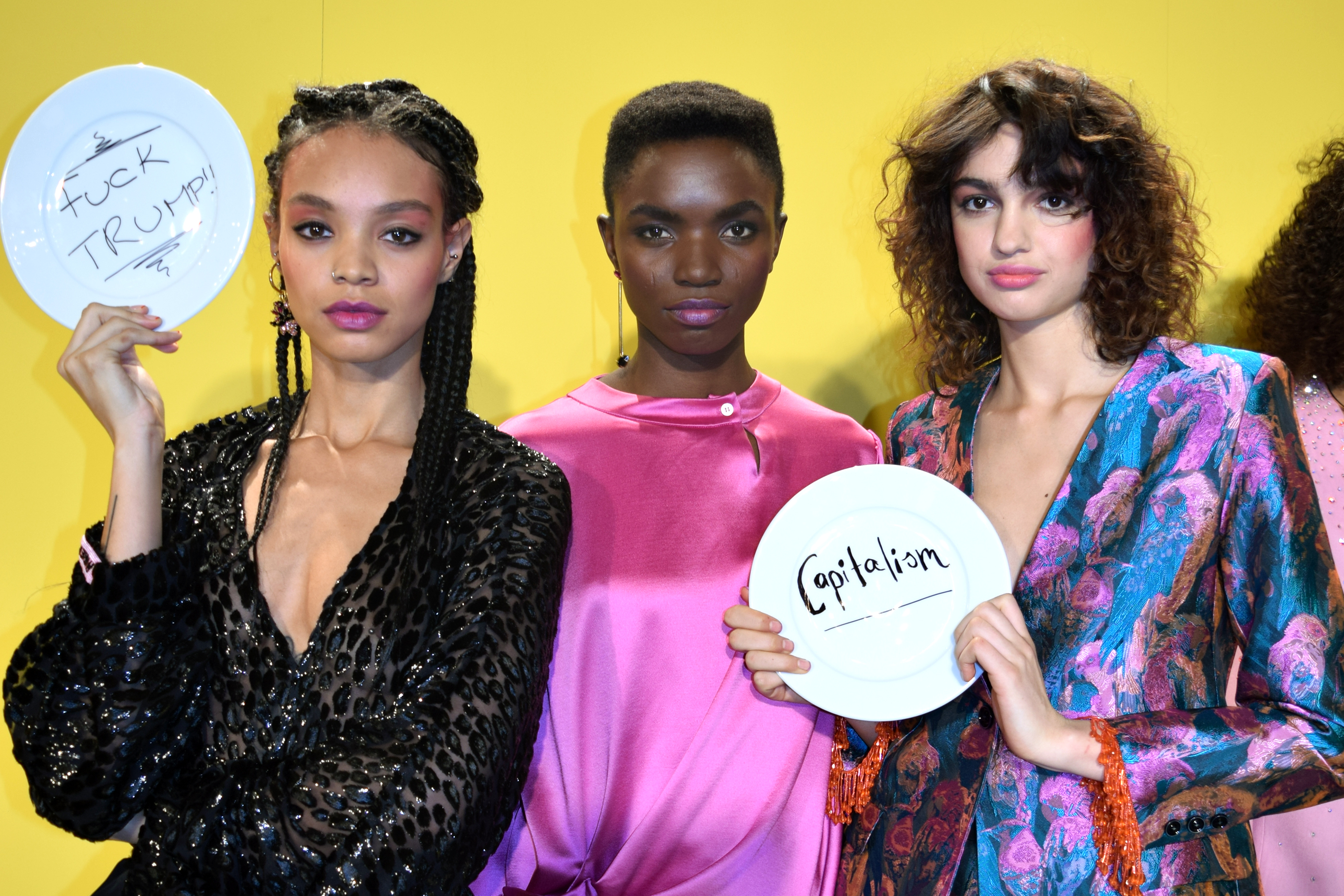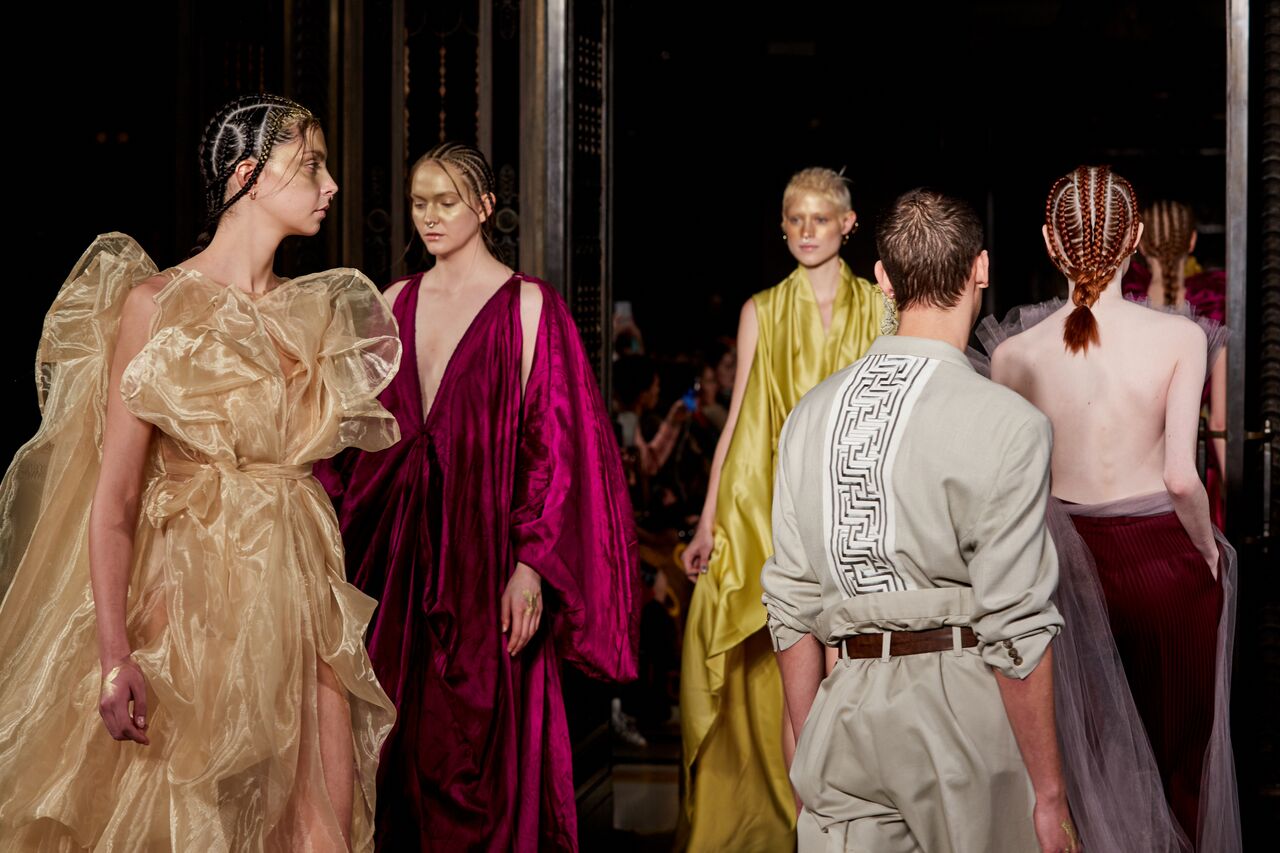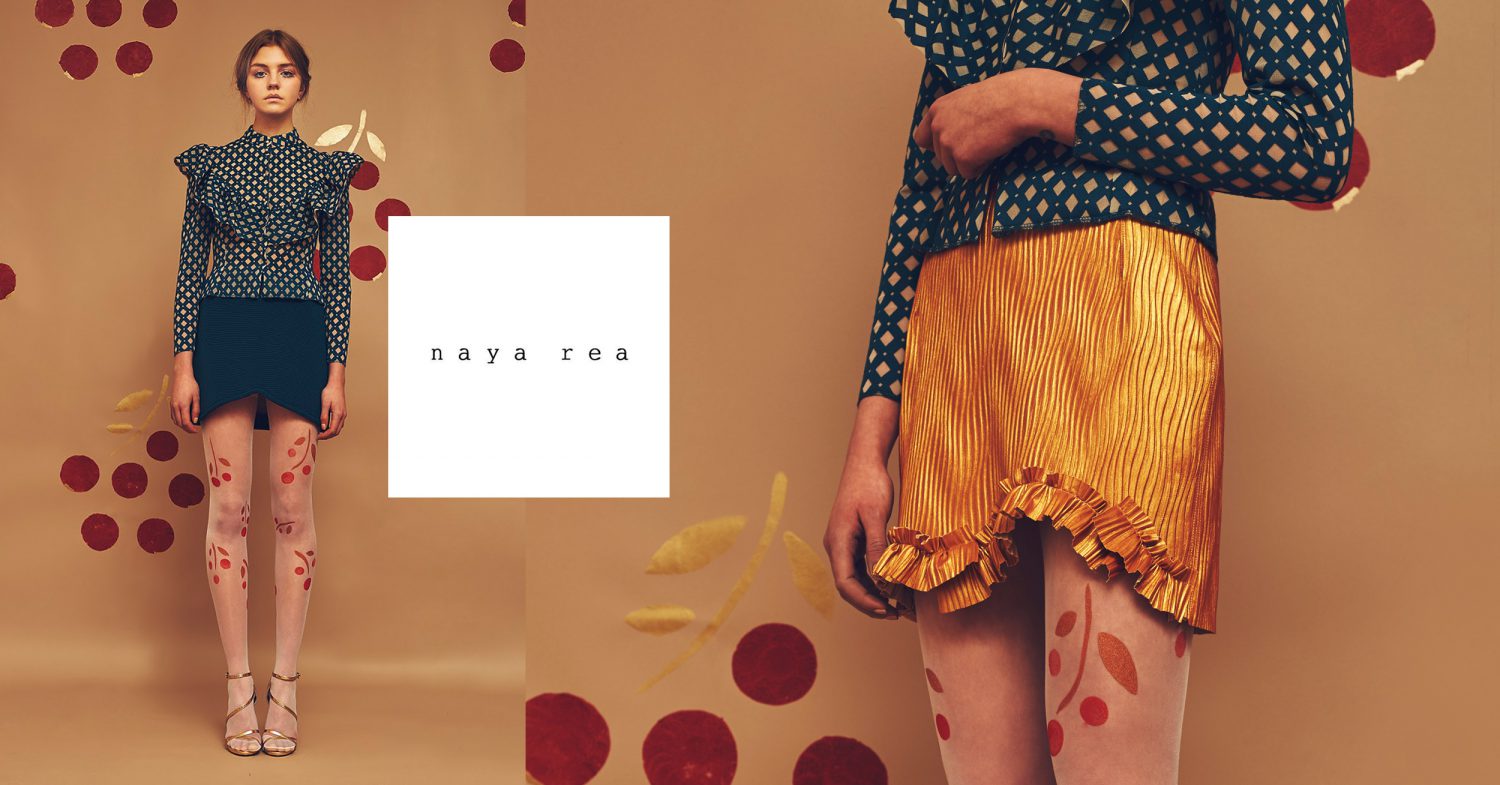
With New York Fashion Week behind us, and London Fashion Week kicking off today, it’s easy to forget in the midst of all the captivating looks that there are many aspiring designers that are completely excluded from the catwalk due to their social background. It reportedly can cost £10,000 to make an MA graduate collection, and over £2million to launch a ready-to-wear collection. This means that aspiring designers from lower income backgrounds will find it extremely difficult to realise their dreams, and statistically this will affect mostly people of colour. Indeed, less than ten percent of all brands showcasing at LFW this season have a PoC creative director and around 12 percent of the BFC designer members are non-white.
Over the years, organisations have sprung up to try to level the playing field and improve the diversity in the fashion design industry. Graduate Fashion Week began in 1991 as a platform to showcase and promote newly graduated design students from universities across the UK. In 1993 the British Fashion Council set up NEWGEN to offer new talent a show at London Fashion Week and financial support towards its costs. Fashion East was then set up by Lulu Kennedy and The Old Truman Brewery in 2000 who offer emerging designers a bursary, mentoring and help with their show production. Yet despite these amazing opportunities, there are still so many design graduates struggling to put their work on the runway, and furthermore in the shops.
That’s where See Fashion come in to save the day. The company was set up earlier this year to provide help to new designers with getting into the marketplace. I spoke with Ivana Ojukwu, See Fashion’s Co-Founder and Chief Operating Officer about why their platform is so important.
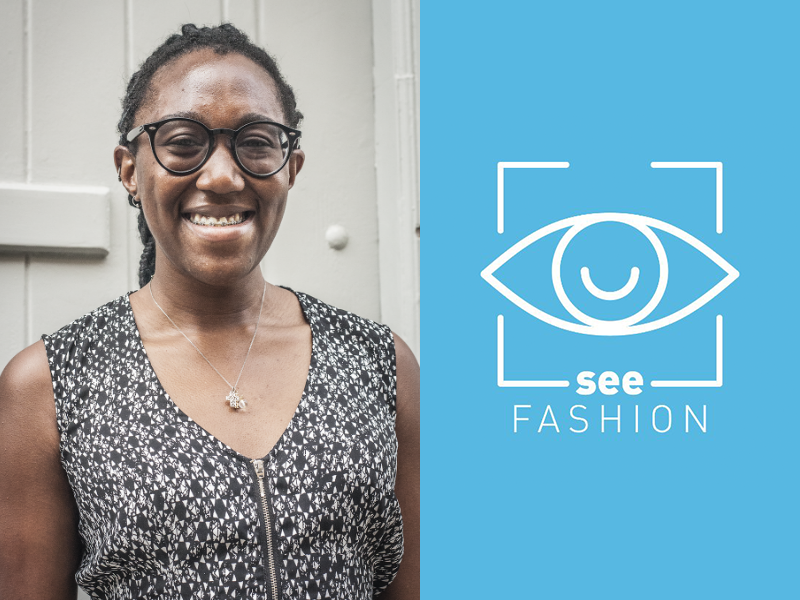
Ivana Ojukwu by Hannah Gooding
“It’s very difficult at the moment for new designers because of difficulties with paying upfront costs, sourcing manufacturers and finding retailers who would sign wholesale contracts for your products,” Ivana told me. “On top of that is the difficulty in knowing who your target market is. What young designers are suffering with is, because the minimum order quantities from manufacturers are so high, they will end up with all these products with no idea who to sell them to and all that stock then eats into their profits.”
This is a huge problem because, according to Ivana, 90 percent of all fashion businesses will fail. “According to Phil Rowland, BA (Hons) Fashion senior lecturer at the University for the Creative Arts, it costs at least £55,000 a year to start a small fashion label. If you’re starting those businesses along with a student debt of over £40,000, then a lot of these designers can’t afford to fail. So what we’ve now got is an industry that is dominated by financially privileged individuals, or former celebrities, who have the money to burn and the free marketing from their fame. Whereas you have 4000 new fashion design graduates each year who are already fighting for only 500 available jobs. So when only ten percent of these graduates will succeed, and there’s more and more people choosing to go to design school each year with the aspiration to be the next Vivienne Westwood, there’s a problem. Because it looks like if Vivienne Westwood, or Paul Smith, both from humble backgrounds, were to start their labels today there’s no way they would have the funds to make it as big as they have.”
It costs at least £55,000 a year to start a small fashion label. If you’re starting those businesses along with a student debt of over £40,000, then a lot of these designers can’t afford to fail.
To target this problem, and give more retail opportunities to young designers, See Fashion offers a platform for them to build customer interest for their designs. “We want to give designers the chance to validate their products. They do that by crowdfunding it on our website, and by doing so they raise pre-orders for their products. They set their minimum order quantity with a manufacturer, and if the minimum pre-order is reached, then the product gets made. If they don’t then the product doesn’t get made and they’re not wasting money, which not only reduces surplus stock but also helps them identify what their customers actually want.”
In turn See Fashion hope to collect data about the consumers’ demographic and connect their designers to retailers who are interested in that target market. “Retailers are also looking for fresh talent but unfortunately don’t want to take a risk on new designers because they are not sure if their pieces are going to sell. But with our platform emerging designers can prove to the retailers that their products are what consumers want. This opportunity to pitch to retailers probably wouldn’t be available to them otherwise.”
We want to empower designers to believe that money should never be an issue if you are very talented. This industry shouldn’t just be for an elite few.
Another problem facing emerging designers is a lack of business knowledge, because mostly fashion design degree courses focus more on being creative rather than the manufacturing side. See Fashion also aims to help these graduates by holding competitions sponsored by retailers, like John Lewis, looking to recruit new designers. Candidates would submit their designs according to a detailed brief supplied by the retailers, and through the raising of pre-orders the retailer can use the See Fashion platform to see which designers they want to work with.
Ivana hopes that through their platform, See Fashion can really make a difference in the way the industry works. “We are setting a more democratic model in fashion where the new designers and consumers are deciding what they want to buy rather than someone at the top deciding what they should. We want to empower designers to believe that money should never be an issue if you are very talented. This industry shouldn’t just be for an elite few.”
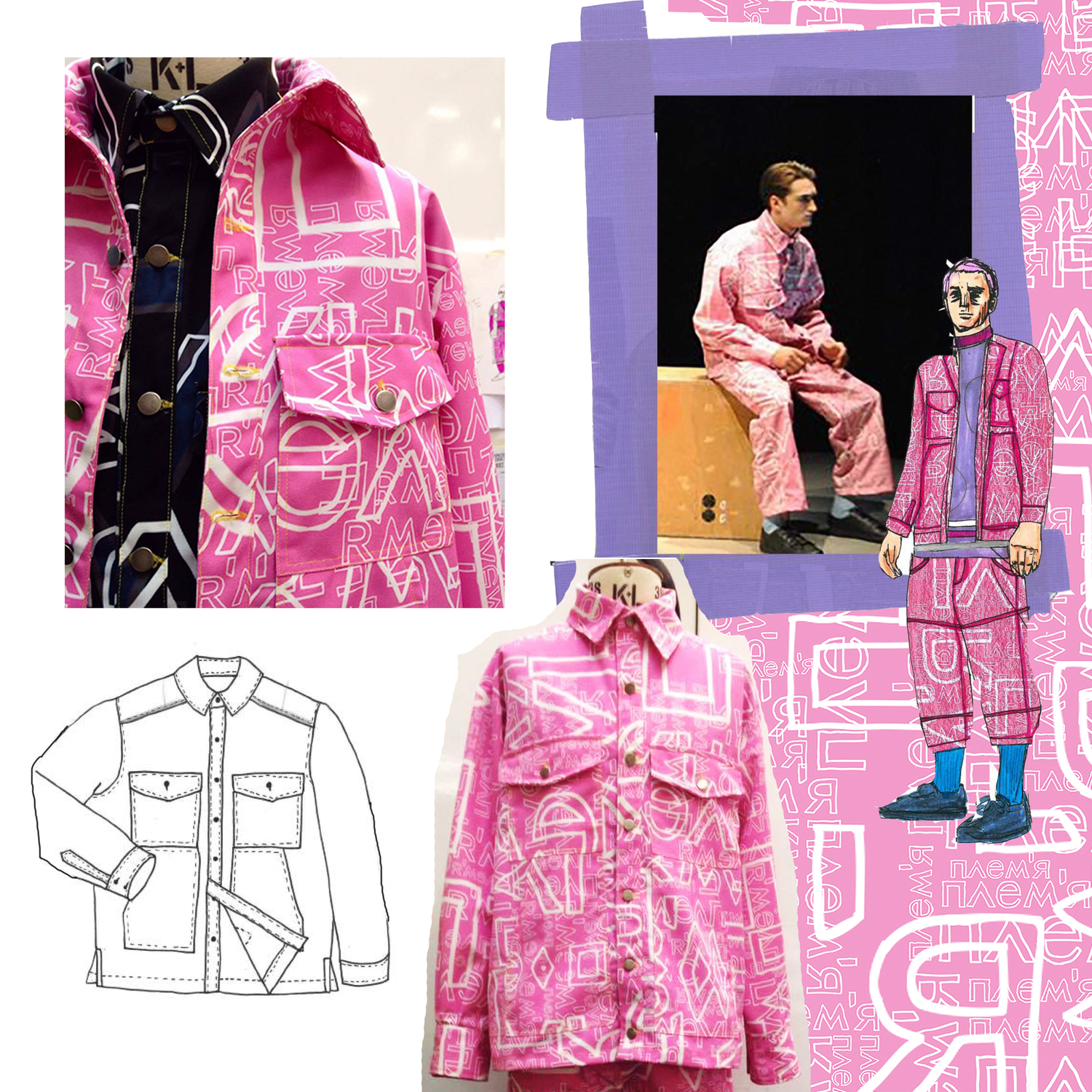
NVEM’R Workwear jacket design, by See Fashion Design Challenge Winner Emma Reid



